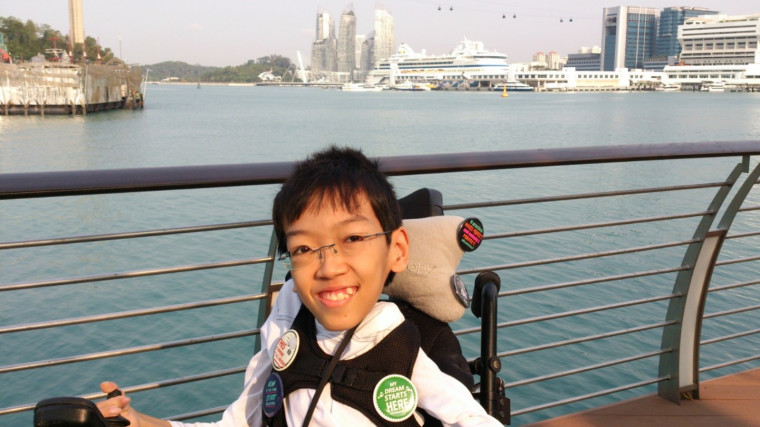|
Audio Version Available
|
I’m a bit of a hot property at the moment.
After graduating from the National University of Singapore as valedictorian earlier this year, I attracted coverage from CNA and Lianhe Zaobao.
My LinkedIn post about my commencement ceremony has had over half a million views, 7,500 reactions, and 400 comments.
This sudden micro-influencer status has resulted in a flood of opportunities knocking at my door – including the invitation to write this article.
Not bad for a 24-year-old with spinal muscular atrophy!
The coverage also reconnected me with a couple of people I thought I’d never see again: my kindergarten classmates.
Catching up with old classmates sounds like such a boomer thing to do, but it was fun trying – and failing – to recall the names of our other classmates who are still somewhere out there.
Not to mention the nostalgia from digging up old photos and compact discs (for the youngsters reading this, people stored data on CDs before we started uploading files and photos to the cloud) and reminiscing about when we didn’t have bosses and deadlines and incessant demands on our time and energy.
The trip down memory lane also made me reflect on the wholesomeness and purity of childhood.
Seeing the differences
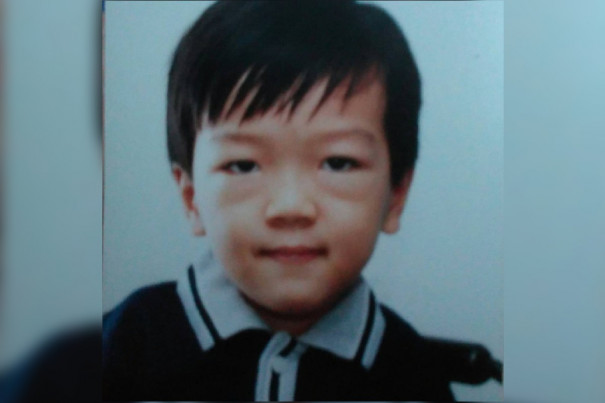
When do children start to see the differences between Self and Other?
My mother, a preschool educator of over 20 years, says very young children are colour-blind. Not in the literal sense, but in terms of their inclination to distinguish between people from different races.
Toddlers play with anyone. It’s only when they get older that they begin establishing preferences, such as for others of the same race and gender – think about all the playground squabbles that go something like “I don’t friend you because you are [insert physical/gender/racial characteristic here]!”
I’m no child development expert and this article isn’t a discussion of the origins of discrimination.
But I’ve been thinking about my own experience as a child with spinal muscular atrophy in Singapore growing up in a mainstream educational environment where I was surrounded by “normal” kids.
I was always the one who was different.
But I was only hit by this fact when I was slightly older – when I was in mid-primary school.
As a kindergartner, ignorance was bliss.
Having only the innocent mind of a child, I didn’t know that I was different despite having to have my caregiver – a Filipino domestic helper we had back then – with me at all times.
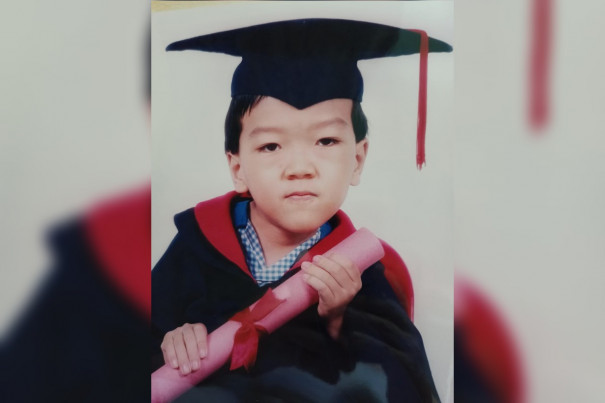
Yaya (“nanny” in Tagalog) would carry me wherever I needed to go in school, such as up the stairs to the computer lab, while everyone else walked.
I remember a year-end concert where I needed to perform on stage with my classmates. I have a video of me slung limply over her shoulder as she walks on to the stage with a plastic chair in her hand.
In front of the entire auditorium, she places the plastic chair in the middle of the stage, seats me on the chair, then leaves.
Watching the video now as an adult, I cringe self-consciously as I squint at the grainy recording.
But on screen, the younger me is wiggling as best he can to the music.
The other kids perform their own dance moves, flowing around my chair naturally with not a trace of awkwardness or hesitation.
Childhood innocence is indeed a wonderful thing.
People can be cruel
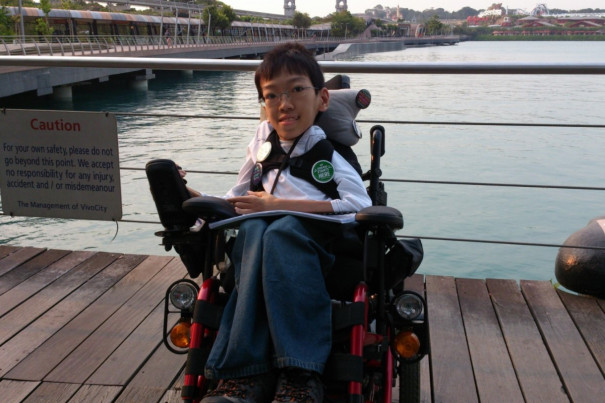
Unfortunately, everybody grows up. And things change.
I don’t think there’s any specific reason why I became more keenly aware of how different I was from other kids.
It’s probably a combination of increasing self-awareness with age, frustration at my declining physical condition, and the way others treated me.
In lower primary, my classmates still treated me much like my kindergarten classmates did.
They were by and large very kind, and always enthusiastic to help me with whatever I needed. The teachers even drew up a roster so that everyone who wanted to be my “helper” for the day could have a turn.
On my part, I quite enjoyed the popularity and didn’t feel like they were helping me out of an obligation to do so.
But then, I started noticing the pity that some people – mainly adults – had in their eyes or tone of voice when they saw me.
Random strangers would approach my parents and me while we were out in shopping centres or at the supermarket and talk about how sorry they were that I am the way I am, or to share God’s special plans for me, or suggest some faith-healing service they thought we should try.
One elderly lady even said to my parents while looking straight into my eyes: “So poor thing ah, this boy.”
That shook me to the core.
I know I shouldn’t let it, but that memory will haunt me forever.
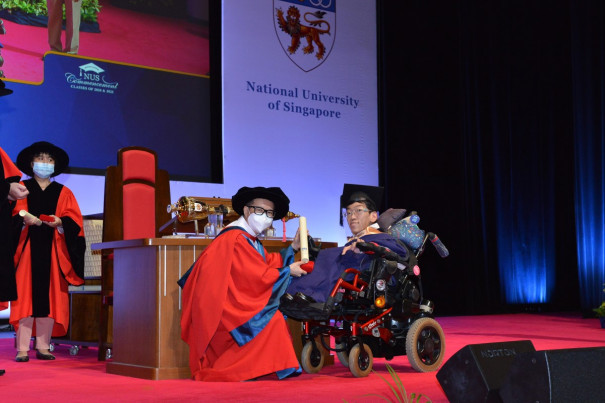
All these well-meaning but deeply hurtful comments made me see the yawning chasm that lay between me and the normalcy I craved but could never have.
I would never be able to run around and play with my friends. I would never know the thrill of sneaking out to the gaming arcade after school, or participating in student leadership camps, or having a sleepover.
And I would always be dependent on my parents for my survival – what would become of me if they were to be taken away?
No child should have to deal with such weighty, existential crises, but disabled kids have to confront these inner demons all the time.
It’s part of the reality of growing up disabled.
I became a moody and anxious kid – and now a moody and anxious adult.
But I like to think that it also shaped me into a kind and generous person in general.
Sure, I have my bad days when nothing seems to go my way, and I get angry and lash out at whoever happens to be a convenient target.
But I also hate the thought of people suffering, especially from repressed negativity.
So I try to keep the people around me happy – helping to bring cheer wherever I can, and keeping an eye out for those who aren’t their usual selves.
I think society teaches us to hide our upsetting emotions because it’s inappropriate to “air our dirty linen” in public.
But this causes people to bottle things up, which is extremely harmful over the long-term.
I hope we can all learn to be more honest and open about our feelings – just like how a kid wears their heart on their sleeve and bluntly states whatever is on their mind.
Learning from children
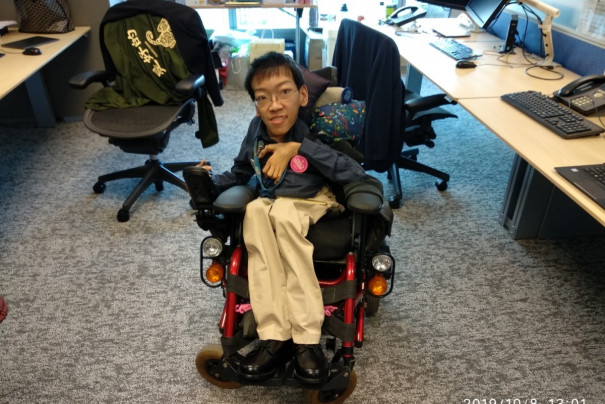
Another thing we can learn from children is the meaning of true inclusion.
In one of my media interviews, I spoke about how I don’t like being treated with “kid gloves”.
If you want to be kind to a disabled person, the last thing you should do is make them feel small.
As children, my classmates and I treated one another as equals, and I was never made to feel different.
So as an adult, I’d like to be treated the same way.
What does this look like?
An example would be how my favourite colleague – let’s call her M – reacted to the CNA article about me recently.
She simply didn’t – and my appreciation for her grew.
The fact that she wasn’t fawning over it showed me one important thing: She was beyond seeing me as “my disabled colleague, Jon”, and I was now just “Jon” to her.
She didn’t tell me how wonderful the feature was, how insightful my comments were, or how inspiring my life story is.
Because to do that would have meant highlighting to me what underpinned the entire premise of the story and made it inspiring and insightful: my disability.
Other stories you might like
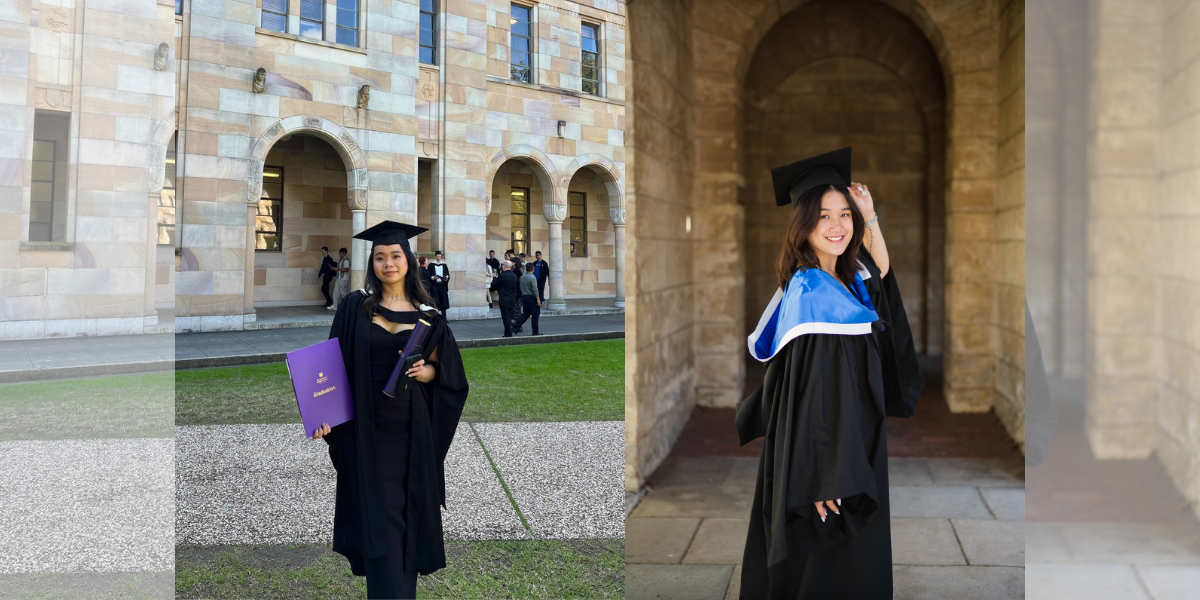
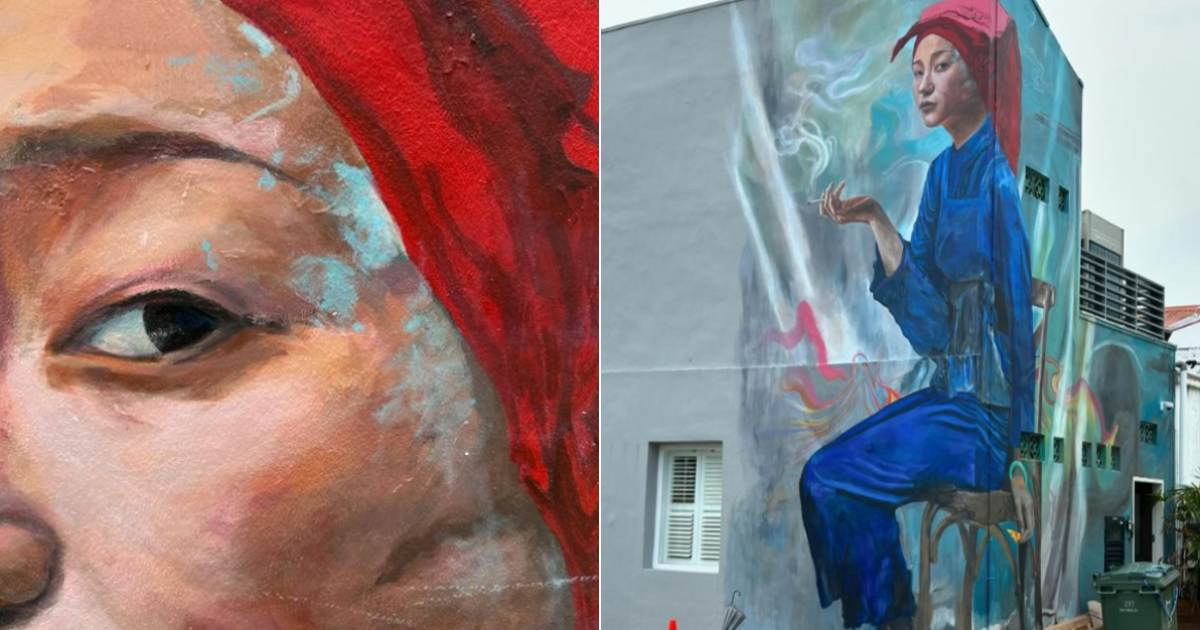
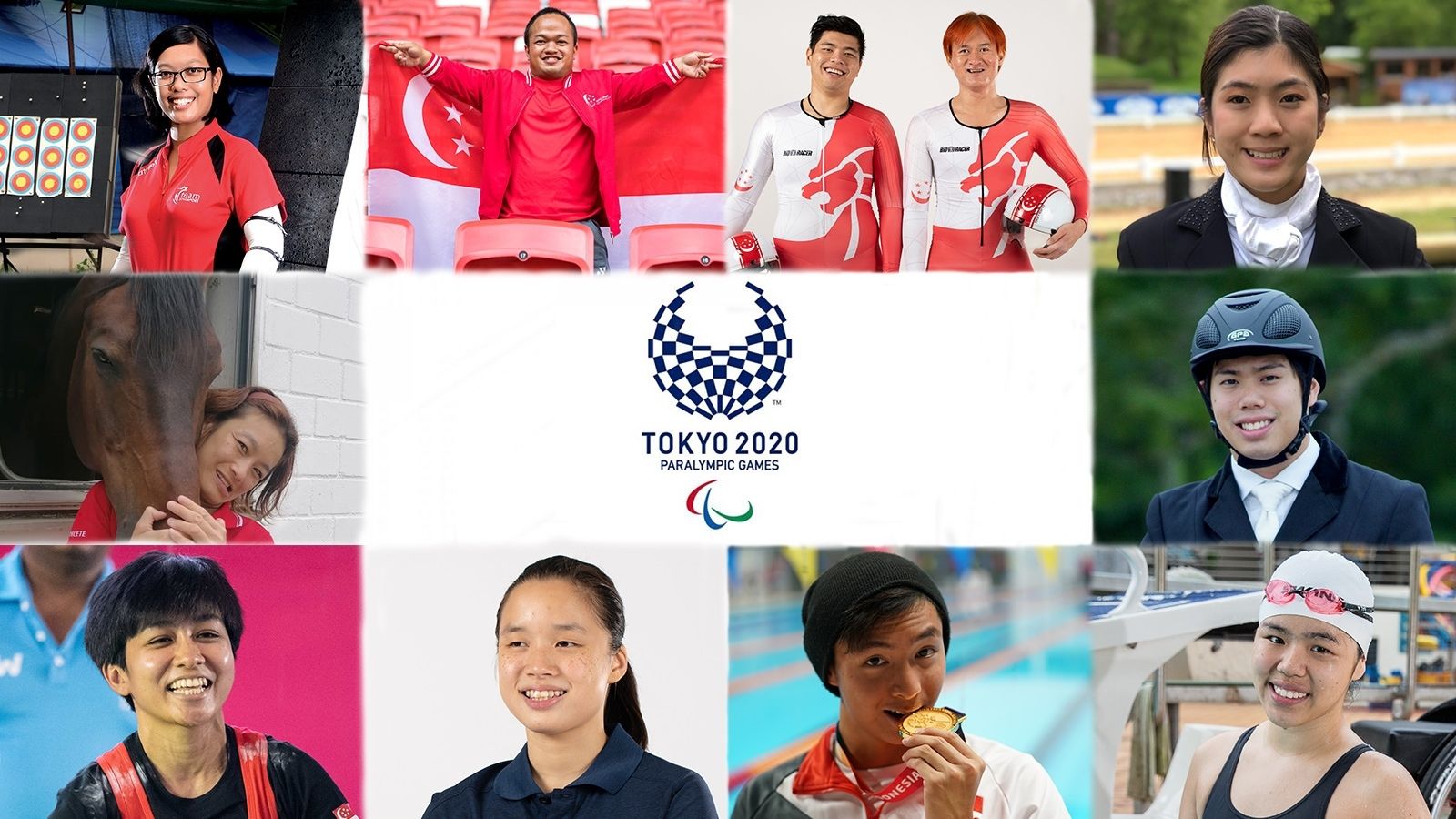

This isn’t to say that I didn’t appreciate all the words of kindness and encouragement that people sent me after hearing about my story.
But as friends, we should be past making such distinctions – sure, I need more help, but if I’m interesting enough that you choose to stick around, it shouldn’t matter how I look, or how I live.
Just like my childhood peers accepted me and were excited to be with me.
I would love to be introduced by my friends to others simply as “this is my friend, Jon”.
If you like what you read, follow us on Twitter and Google News to get the latest updates.
